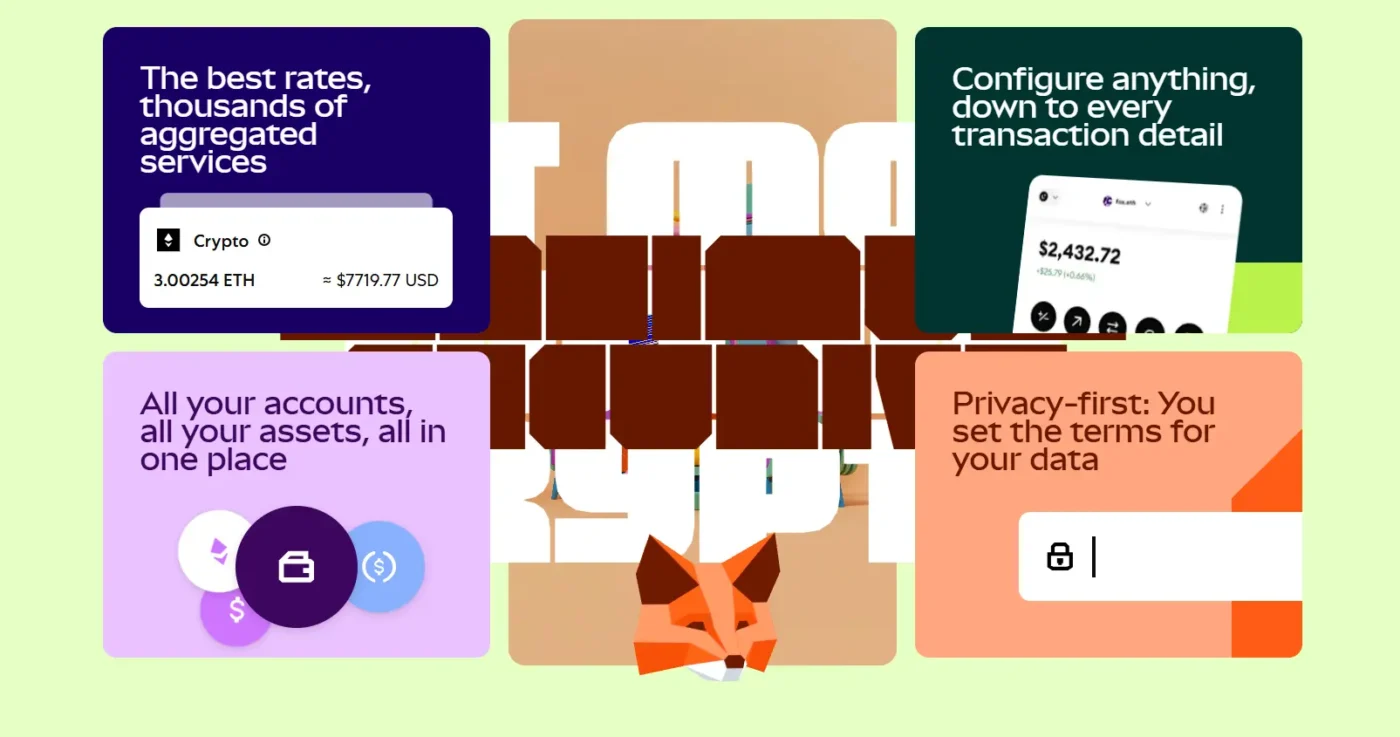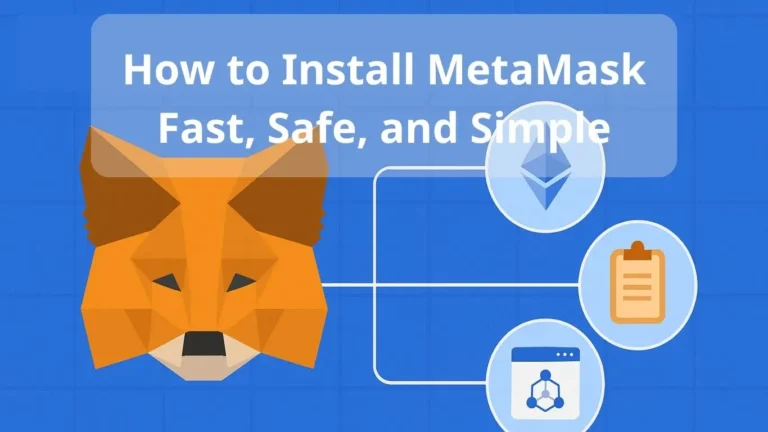What Is a Crypto Wallet and How to Choose the Best One
New to crypto and keep hearing about “wallets”? Don’t worry — you’re not alone. Understanding what is a crypto wallet and how it works is a crucial first step to protecting your digital assets.
In this beginner-friendly guide, you’ll learn how a crypto wallet works, the different types of wallets available, and how to choose the best crypto wallet for your needs — whether you’re a first-time user or just looking for the best crypto wallet for beginners.
1. What Is a Crypto Wallet?
A crypto wallet is a tool that allows you to store, send, and receive cryptocurrencies like Bitcoin, Ethereum, and USDT. Despite the name, it doesn’t actually “hold” your coins — instead, it stores the private keys that give you access to your assets on the blockchain.
2. How Does a Crypto Wallet Work?
Every wallet has two key components:
Public Key: This is your wallet address, which you can share to receive funds.
Private Key: This is a secret code that proves you own the wallet. If you lose your private key, you lose access to your funds — permanently.
In short: whoever holds the private key controls the crypto.
3. Types of Crypto Wallets
3.1. Hot Wallets

Hot wallets are a popular type of crypto wallet, especially for beginners, because they’re connected to the internet and easy to set up. If you’re wondering what is a crypto wallet and how it works in practice, hot wallets are usually the first kind you’ll use or hear about.
They come in the form of mobile apps, browser extensions, or integrated wallets on crypto exchanges. Some of the most widely used hot wallets include Trust Wallet, MetaMask, and exchange-based wallets like Binance, Bybit, and OKX.
✅ Pros:
Free and user-friendly: Most hot wallets are free to use and offer intuitive interfaces, making them ideal for crypto newcomers.
Quick access & transactions: You can buy, send, or swap crypto in seconds, which is great for active traders or frequent transactions.
Wide compatibility: Hot wallets support thousands of cryptocurrencies and DeFi apps (especially MetaMask in Web3 ecosystems).
❌ Cons:
Internet exposure: Because they’re always online, hot wallets are more vulnerable to hacking, phishing, or malware attacks.
Security relies on user practices: If you don’t back up your recovery phrase or use two-factor authentication, you risk losing your funds permanently.
💡 Tip: For small daily-use amounts, hot wallets are practical. But for large holdings, consider using a cold wallet for better long-term security.
3.2. Cold Wallets

While hot wallets offer convenience, cold wallets are all about security. If you’re trying to truly understand what a crypto wallet is and why people take custody of their own crypto, cold wallets are the gold standard. These wallets store your private keys completely offline — away from internet threats — making them ideal for holding large amounts of cryptocurrency over the long term.
There are two common types of cold wallets: hardware wallets and paper wallets. Leading hardware wallet brands include Ledger (Nano S/X) and Trezor.
✅ Pros:
Top-tier security: Since they’re not connected to the internet, cold wallets are immune to most online threats such as hacking or malware.
Long-term storage: Perfect for HODLers or anyone storing crypto for months or years without frequent transactions.
Full control: You hold the keys, you hold the crypto — not an exchange or third-party.
❌ Cons:
Less convenient: You’ll need to manually connect your device and sign each transaction, which isn’t ideal for day trading.
Cost: Hardware wallets usually cost $50–$150, which may not be worth it for those holding very small amounts of crypto.
Learning curve: Setting up and managing a cold wallet can feel complex for absolute beginners.
🔐 Tip: Use a cold wallet for long-term savings and combine it with a hot wallet for daily transactions. This hybrid setup offers both convenience and security.
4.How to Choose the Right Wallet

✅ Just starting out?
If you’re new to crypto and still figuring out what is a crypto wallet, your best move is to start with a simple, internet-connected hot wallet. These wallets are easy to set up, free to use, and perfect for learning the basics without getting overwhelmed.
Trust Wallet – A user-friendly mobile wallet that supports thousands of coins and tokens.
MetaMask Great for exploring Web3, NFTs, and decentralized apps (dApps).
Exchange wallets – Built-in wallets on platforms like Binance, OKX, or Bybit are also convenient for quick trading and storage.
🔒 Want Maximum Security? Choose a Hardware Wallet
If protecting your crypto assets is your top priority, consider investing in a hardware wallet — the most secure way to store your private keys offline. Hardware wallets keep your keys safe from hackers by never exposing them to the internet.
Popular and trusted options include:
Ledger Nano S/X — Compact and user-friendly devices that support a wide range of cryptocurrencies with advanced security features.
Trezor One — One of the earliest hardware wallets, known for its robust security and ease of use.
🔐 Hardware wallets are ideal for long-term holders who want peace of mind and full control over their digital assets.
⚠️ A few safety tips:
Never share your private key or seed phrase
Write down your seed phrase and store it somewhere safe
Avoid storing large amounts on exchange wallets for too long
**Suggested Next Reads:** [How to Choose a Crypto Exchange: 7 Essential Factors]
5.Final Thoughts
Understanding what is a crypto wallet and how it works is essential to safely managing your digital assets. Whether you’re just getting started or already investing seriously, using the right wallet can help you avoid costly mistakes.
Start simple, learn as you go, and upgrade your security when needed. Choosing the right type of crypto wallet is key to protecting your crypto, especially for beginners.
Ready to Start?
👉 Download Trust Wallet for free: Official Website
👉 Get a Ledger cold wallet for secure storage: Buy here
👉 Create a Binance account to trade and store your crypto easily: Sign Up Now






